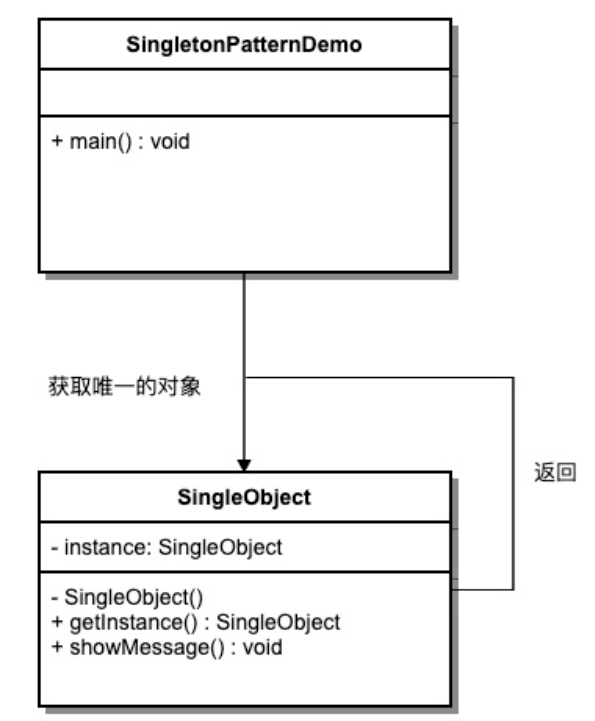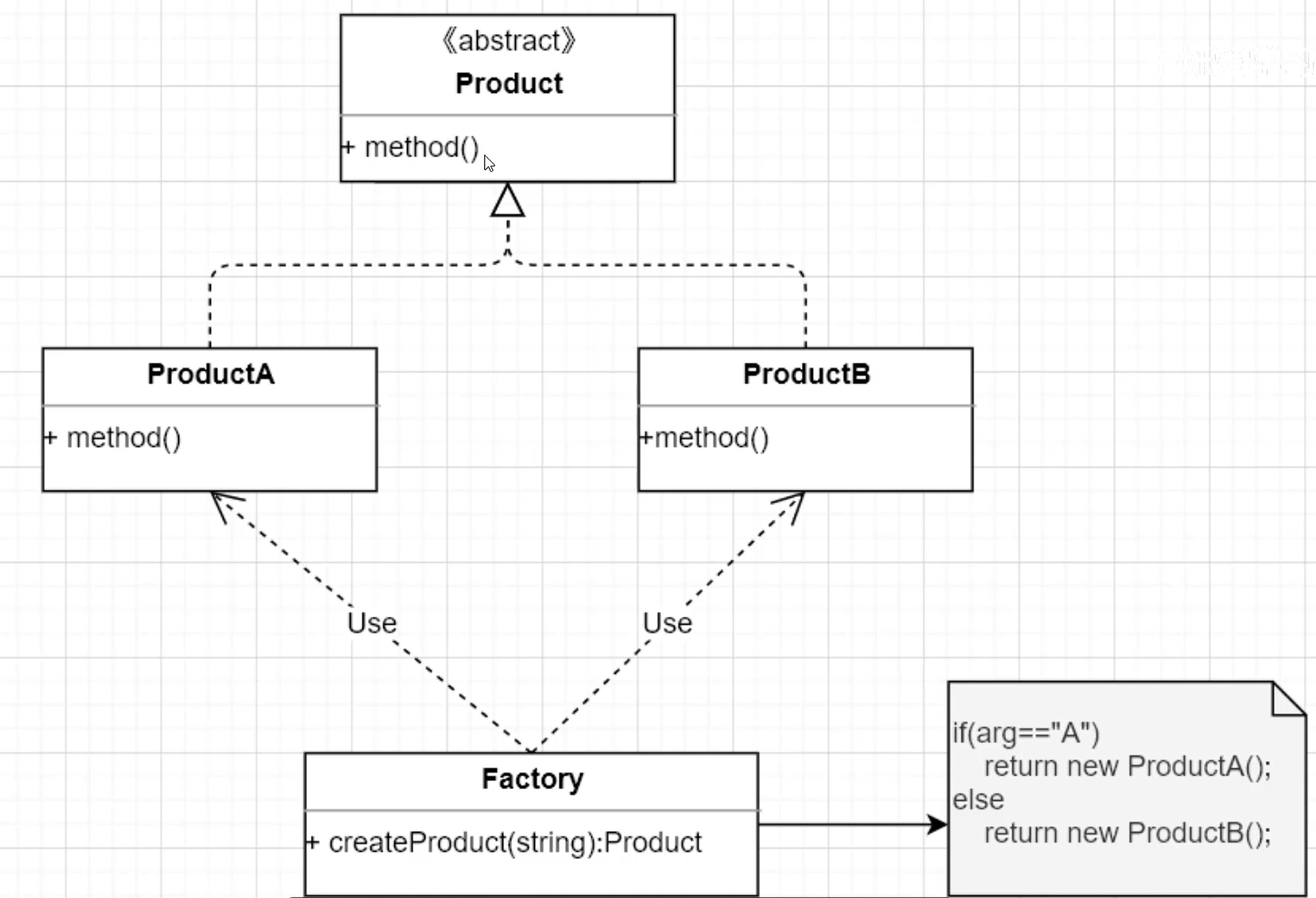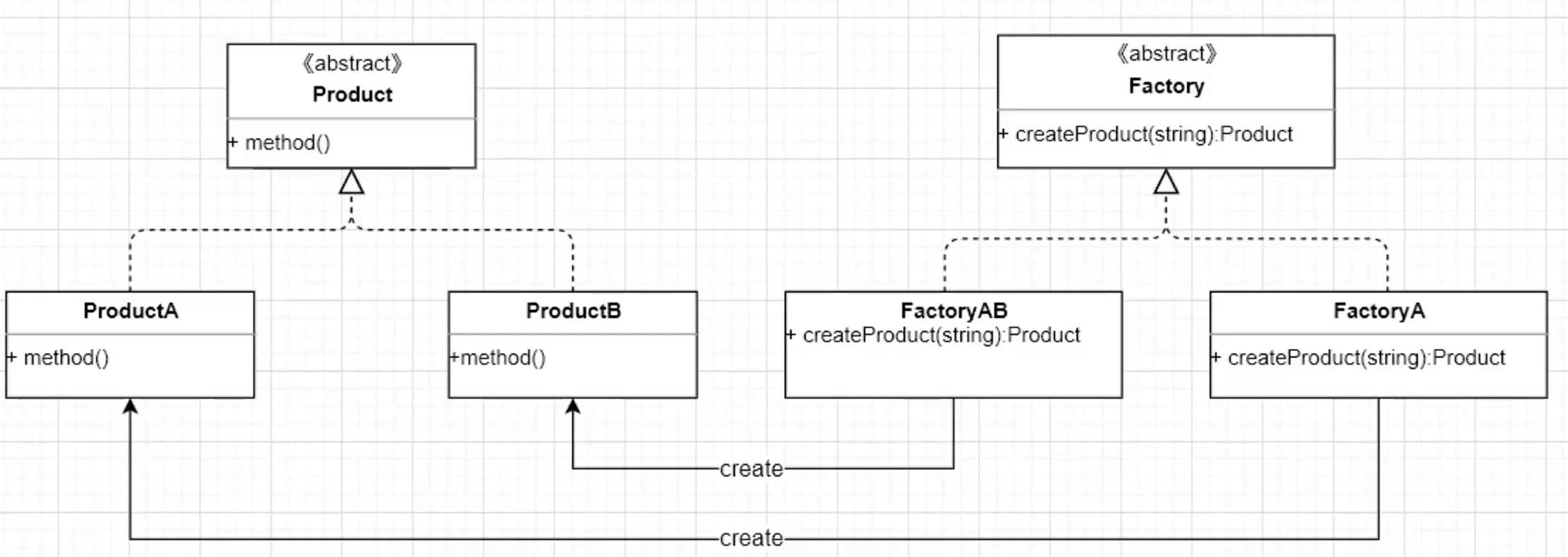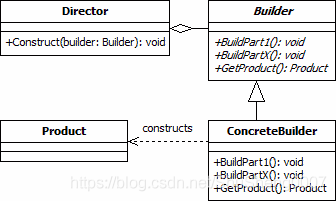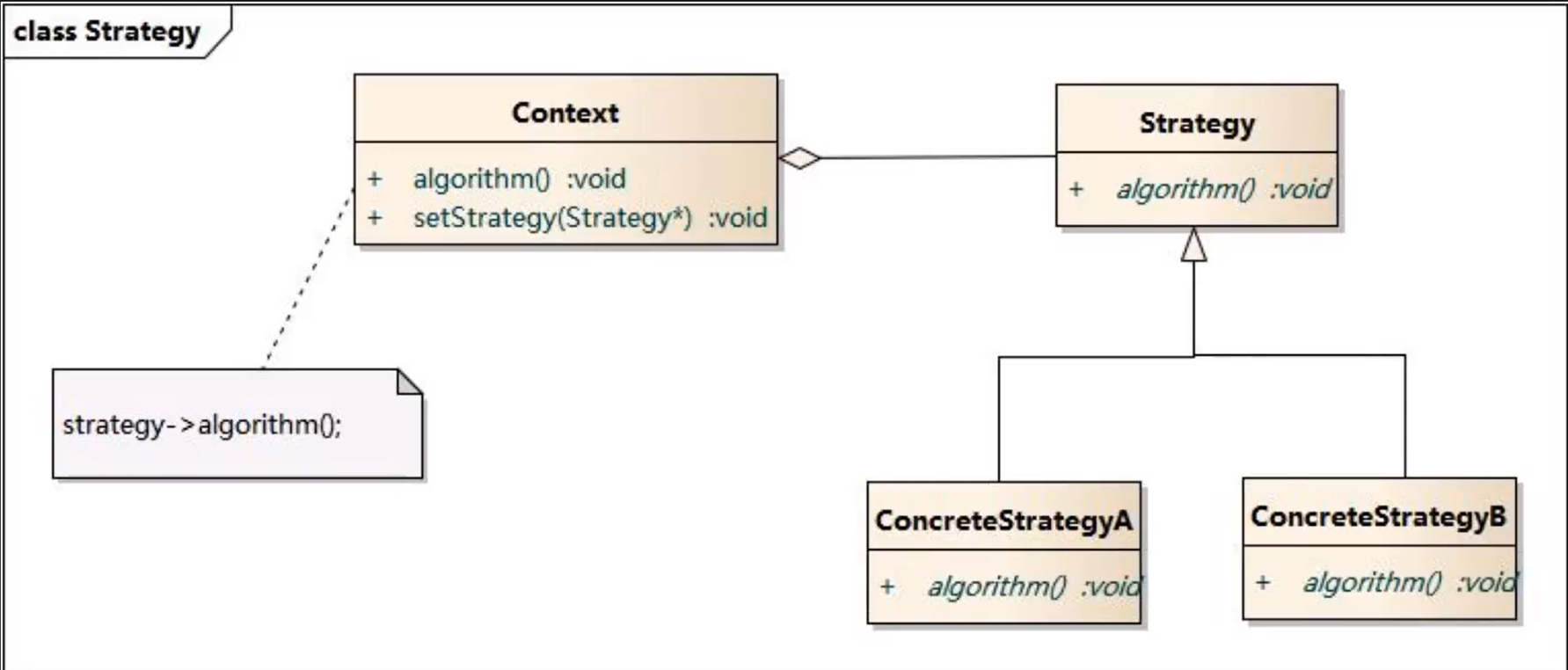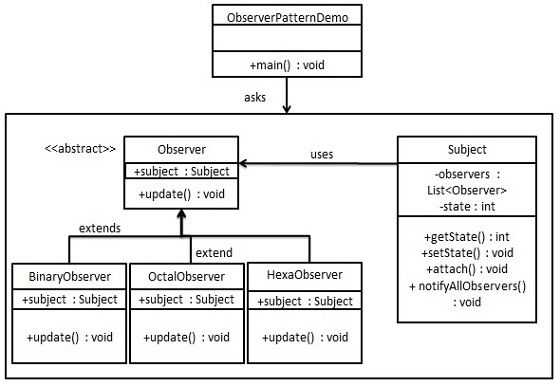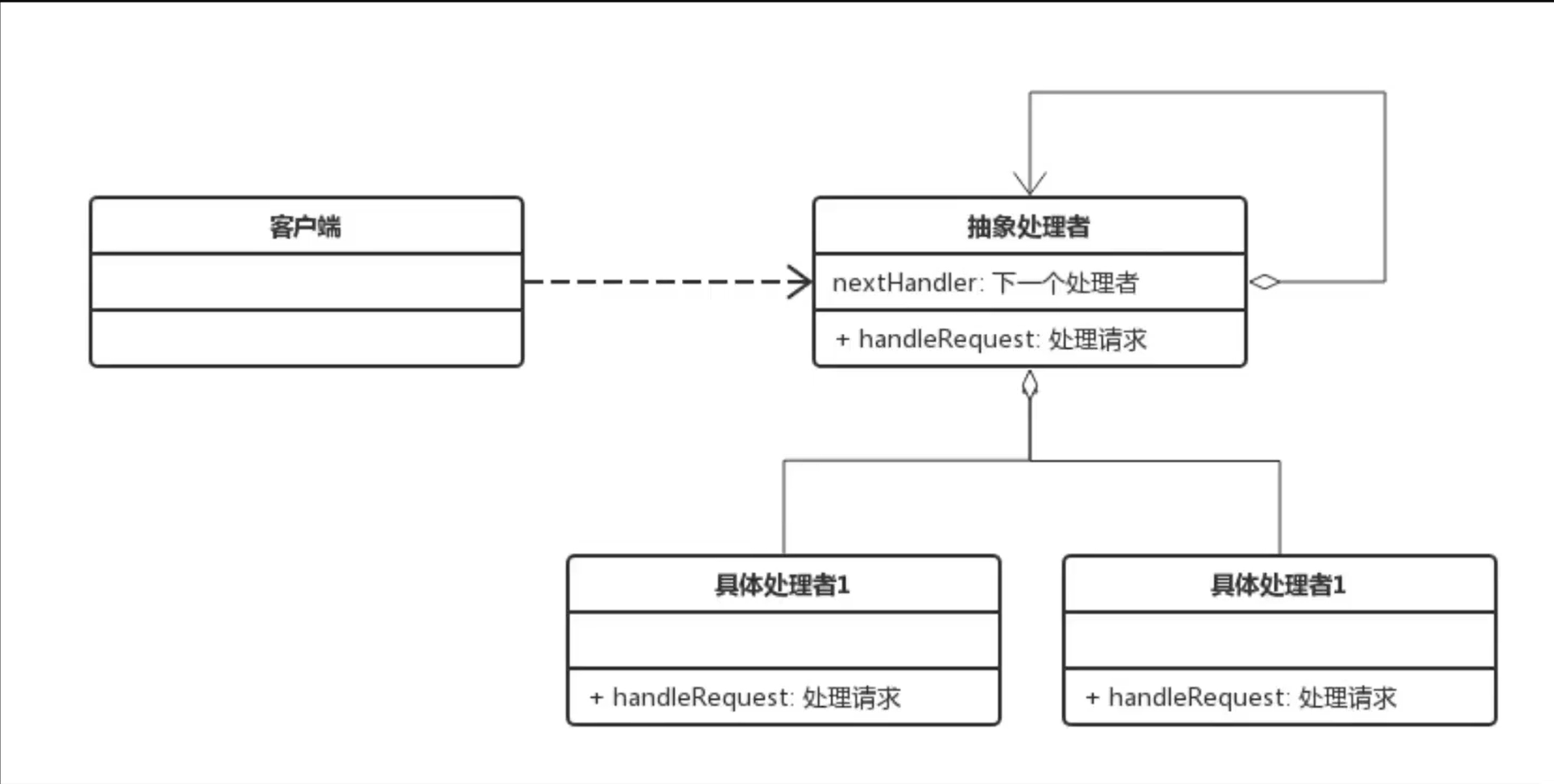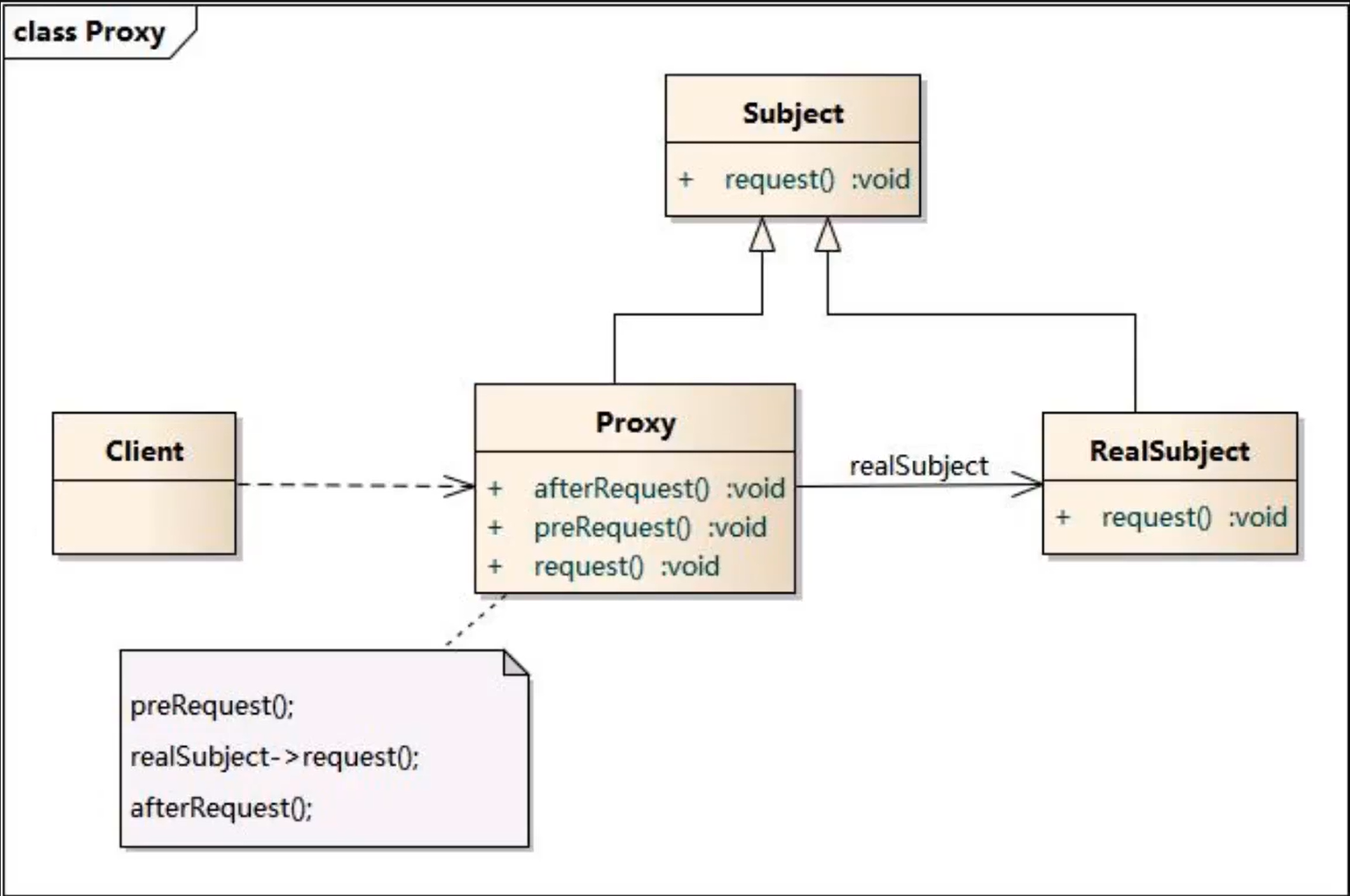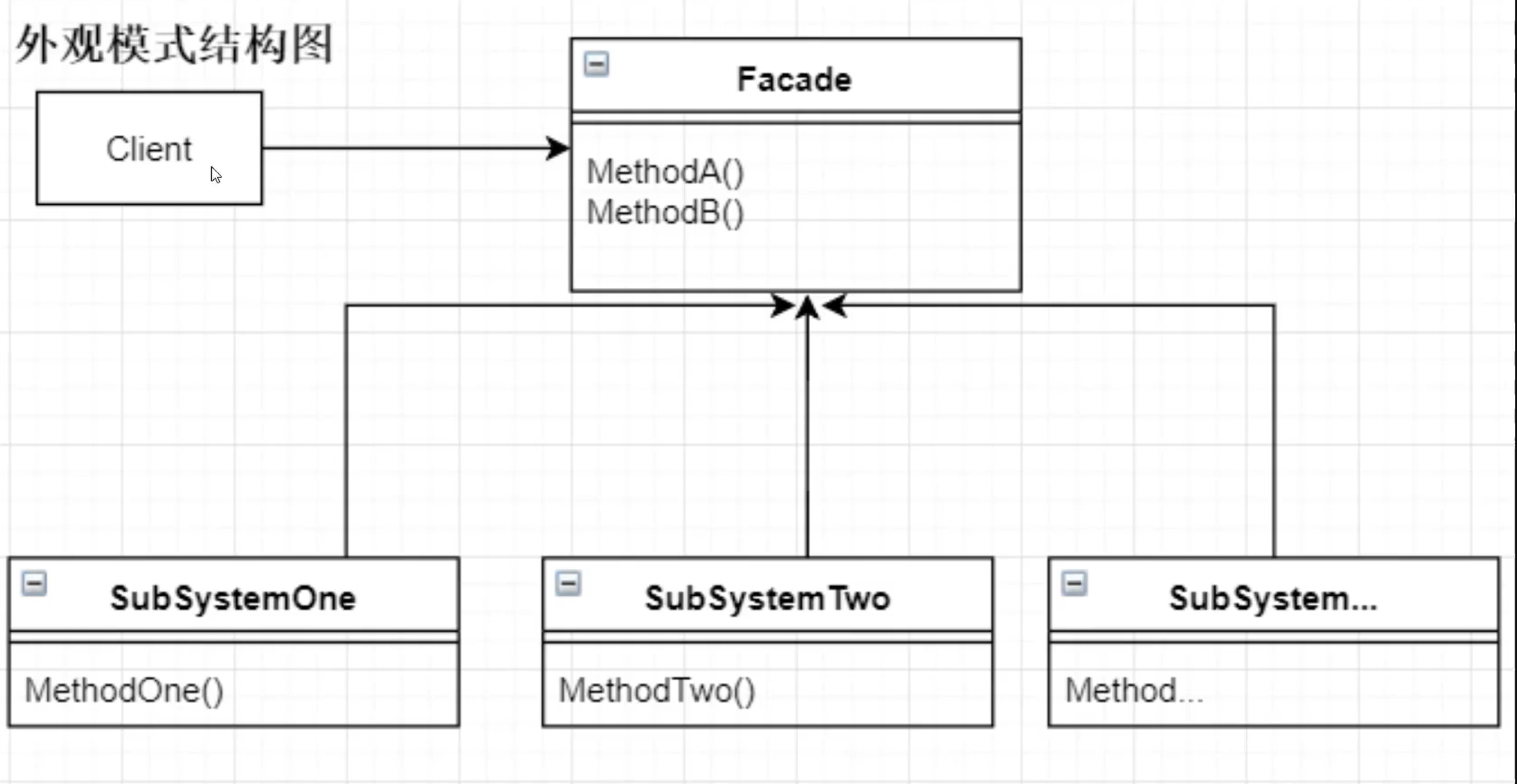1
2
3
4
5
6
7
8
9
10
11
12
13
14
15
16
17
18
19
20
21
22
23
24
25
26
27
28
29
30
31
32
33
34
35
36
37
38
39
40
41
42
43
44
45
46
47
48
49
50
51
52
53
54
55
56
57
58
59
60
61
62
63
64
65
66
67
68
69
70
71
72
73
74
75
|
class Computer {
private final String cpu;
private final String ram;
private final int usbCount;
private final String keyboard;
private final String display;
public Computer(Builder builder) {
this.cpu = builder.cpu;
this.ram = builder.ram;
this.usbCount = builder.usbCount;
this.keyboard = builder.keyboard;
this.display = builder.display;
}
public String getCpu() {
return cpu;
}
public String getRam() {
return ram;
}
public int getUsbCount() {
return usbCount;
}
public String getKeyboard() {
return keyboard;
}
public String getDisplay() {
return display;
}
@Override
public String toString() {
return "com.lixiang.Computer{" +
"cpu='" + cpu + '\'' +
", ram='" + ram + '\'' +
", usbCount=" + usbCount +
", keyboard='" + keyboard + '\'' +
", display='" + display + '\'' +
'}';
}
static class Builder {
private final String cpu;
private final String ram;
private int usbCount;
private String keyboard;
private String display;
public Builder(String cpu, String ram) {
this.cpu = cpu;
this.ram = ram;
}
public Builder setUsbCount(int usbCount) {
this.usbCount = usbCount;
return this;
}
public Builder setKeyboard(String keyboard) {
this.keyboard = keyboard;
return this;
}
public Builder setDisplay(String display) {
this.display = display;
return this;
}
public Computer build() {
return new Computer(this);
}
}
}
|
